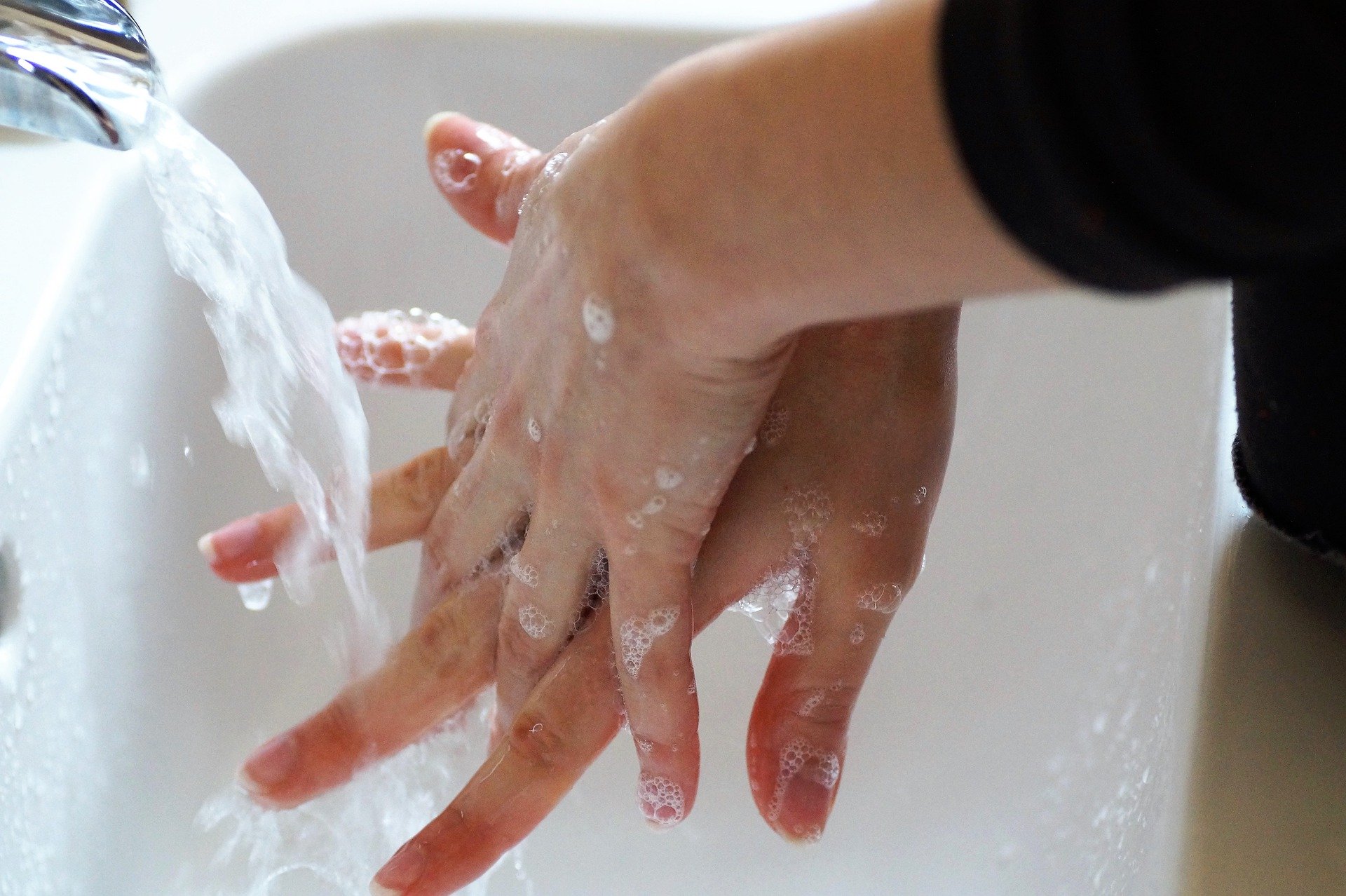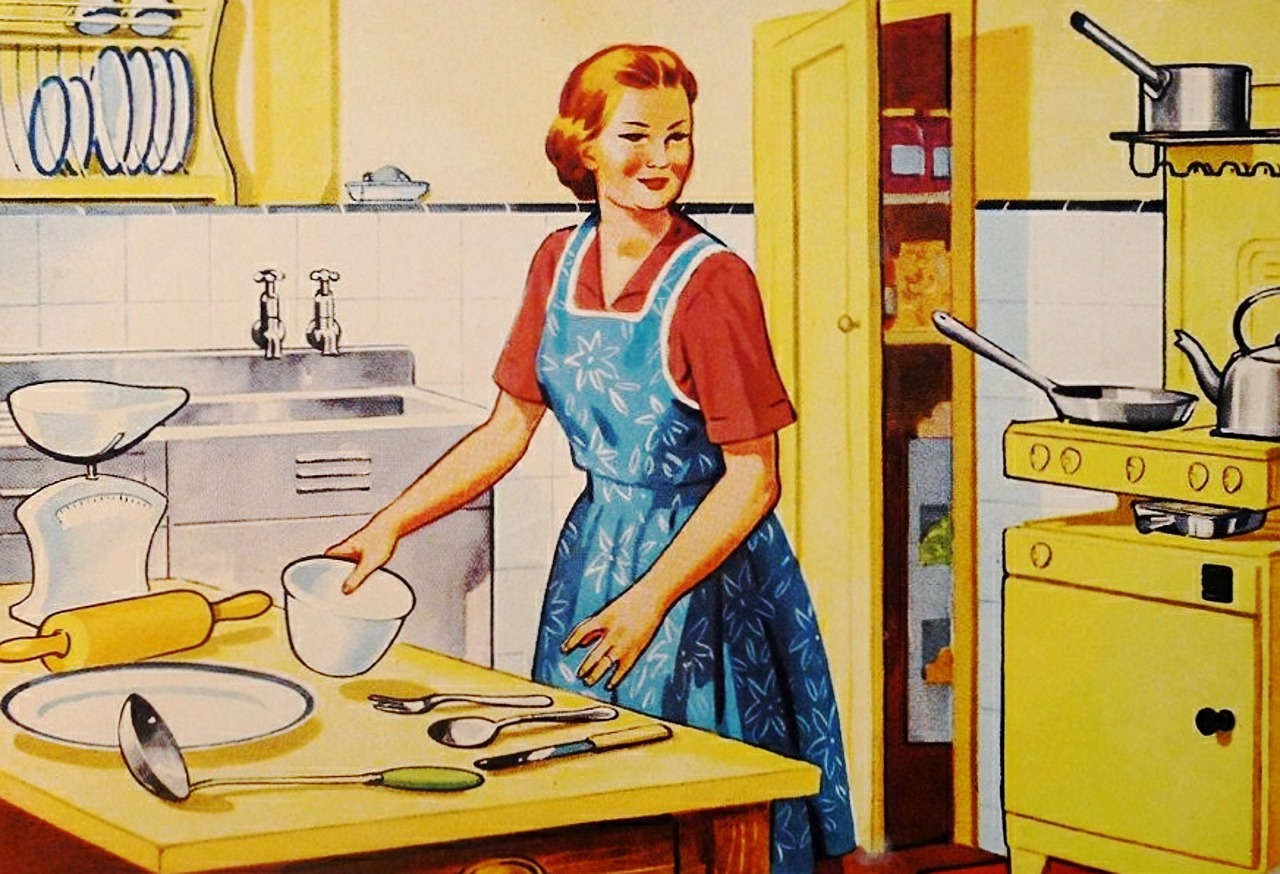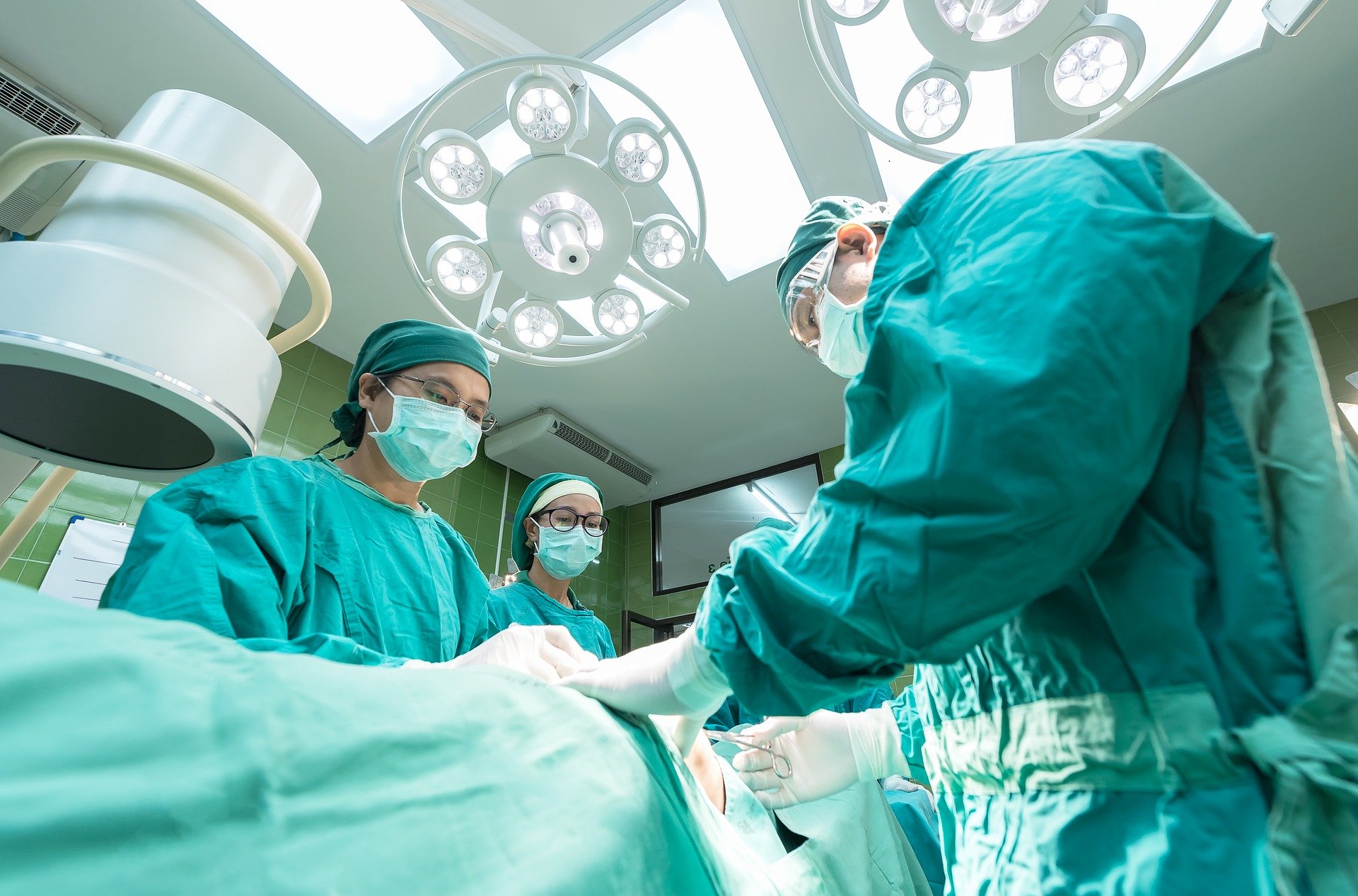Handwashing is the Key Posted by Flying Oyster on Apr 7, 2020 in Culture, Vocabulary
I like watching medical dramas because it gives me the 대리만족 (dae-ri-mahn-jok: vicarious satisfaction) of my childhood dream being a doctor. Grey’s Anatomy is one of my favorite TV shows. As much as I love this show, I also honestly think it is about time to wrap this show up. Nonetheless, this show has been with me since 2005. It’s only a TV show, but some TV shows can be a part of your life, at least that is how I feel about the show.
After watching the show from season 1 to 16, you can learn so much about fast-developing medical knowledge. Although there is one thing that has remained consistent in the show – the doctors’ handwashing before surgery.
First, doctors wet their hands and they lather up their hands with soap. They thoroughly scrub their hands, wrists, and forearms, even they brush off their fingernails. Then, doctors start talking about their lives and love stories. That is longer than 20 seconds for sure, which is enough time to kill all bacteria on their hands before surgeries.
We live in the era of 최첨단 기술 (choe-chum-dahm-gi-sul: state-of-the art / cutting edge technology). You would think doctors by now wear 인공지능 (in-gong-ji-neung: Artificial Intelligence) gloves that are 항균성 (hang-gyun-seong: antibacterial), but they still thoroughly wash their hands before they put gloves on.
New diseases emerge and viruses mutate. However, universal precautions, such as hand washing has been the most effective method to prevent disease in human history.
Handwashing is such a basic, but it is also the most crucial self-care strategy you must practice every single day, especially amid the COVID-19 crisis. However, some researchers found out that 40% of Americans don’t always wash their hands after using the bathroom. https://today.yougov.com/topics/lifestyle/articles-reports/2020/01/30/hand-washing-soap-poll-survey
That is a big number of people who may be constantly spreading 세균 (sae-gyun: germs) without knowing it. Even if they wash their hands afterward, only 2/3 of people use 비누 (bee-noo: soap) to wash their hands.
Then, what is the best way to wash hands to prevent disease? The CDC (Center for Disease Control) recommends washing hands with soap, and clean and running water. CDC explains the reason why we need to use soap.
Using soap to wash hands is more effective than using water alone because the surfactants in soap lift soil and microbes from skin, and people tend to scrub hands more thoroughly when using soap, which further removes germs 2,3,7,8. (Note: https://www.cdc.gov/handwashing/show-me-the-science-handwashing.html)
Soap is a chemical agent to remove bacteria, but the more important thing that we all should be reminded is to take enough time scrubbing hands to mechanically kill bacteria. The CDC recommends scrubbing hands at least 20 seconds.
The optimal length of time for handwashing is also likely to depend on many factors, including the type and amount of soil on the hands and the setting of the person washing hands. For example, surgeons are likely to come into contact with disease-causing germs and risk spreading serious infections to vulnerable patients, so they may need to wash hands longer than a woman before she prepares her own lunch at home. (Note: https://www.cdc.gov/handwashing/show-me-the-science-handwashing.html)
Isn’t it a surprising suggestion that surgeons may need to wash hands longer than a time for lunch preparation? Have you ever timed yourself how long you actually wash your hands daily? It is the perfect time for you to practice good hand hygiene.
Watching medical dramas often made me think that doctors and nurses are extraordinary people. In reality, these extraordinary people are on the front lines of the COVID-19 crisis. We can help them to help us by practicing good self-care strategies, including keeping good hand hygiene. I want to give thanks to all medical personnel who are bravely fighting in the crisis.

Build vocabulary, practice pronunciation, and more with Transparent Language Online. Available anytime, anywhere, on any device.






